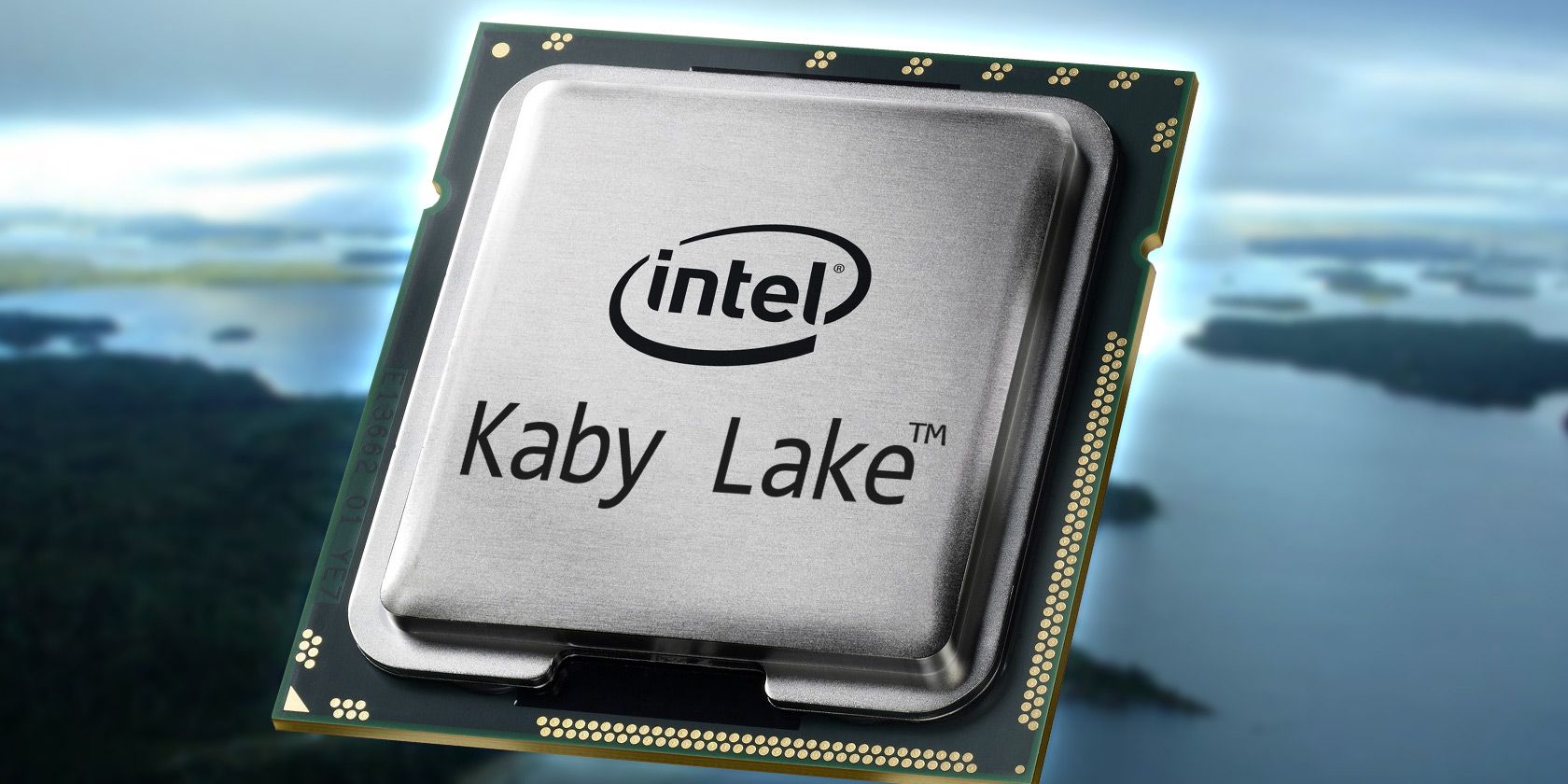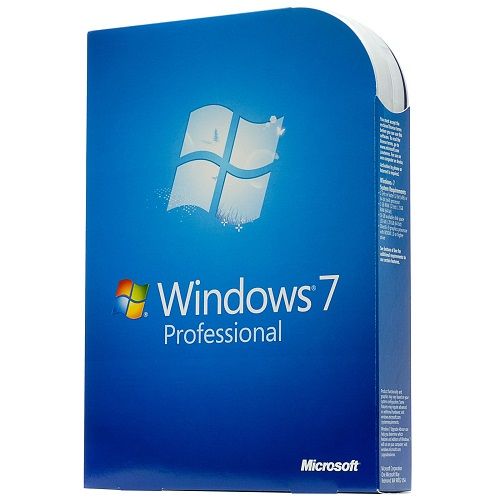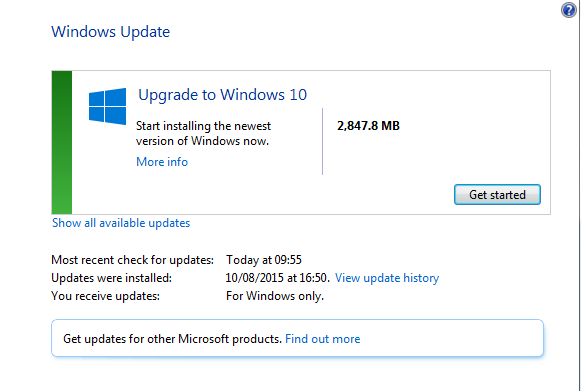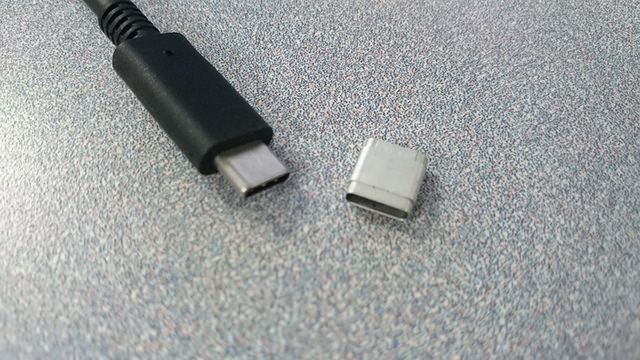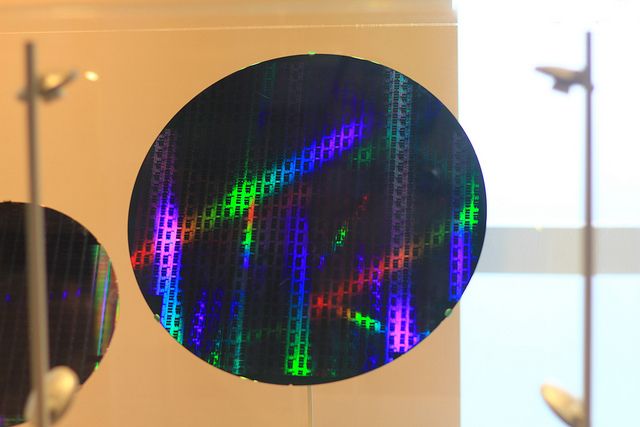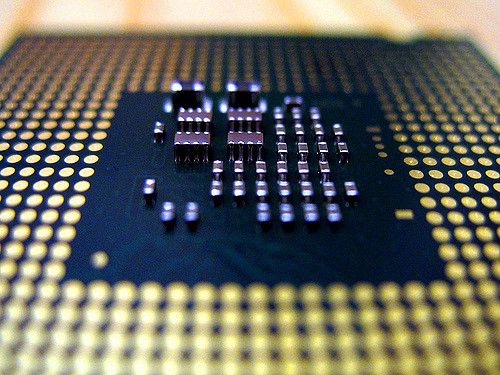At some point later this year, Intel will launch their Kaby Lake family of processors. The full specifications of these chips haven't been released yet.
What we do know is a result of the few meager announcements made by Intel, plus some internal documents that have surreptitiously found their way into the waiting arms of the technology press. We don't know the full details of Kaby Lake, yet people are already talking about it.
Why? Because it's an aberration. On one hand, very little has changed from the Skylake family of chips that proceeded it. However, it also has some radical differences that will get people foaming at the mouth. So, what makes Kaby Lake different? And should you upgrade? It depends.
1. It Won't Support Windows 7
Microsoft is scared.
Windows 7 has the potential to be another one of their products that is so beloved that its users refuse to let it die. It still has a die-hard following of users who refuse to upgrade, despite Microsoft dangling a carrot in their faces in the form of a free upgrade to Windows 10.
It's not just home users, either. Business users depend on Windows 7 and are reluctant to leave it behind, especially as many custom-made and business-oriented applications can't run on newer versions of Windows.
Sounds familiar? It should.
Windows XP was finally discontinued in 2014, long after it was first released, and after repeated tries from Microsoft to discontinue it. Ironically, Microsoft was essentially a victim of its own success. They built a product that was so beloved, people refused to upgrade.
Worse, users expected Microsoft to continue to support it with patches, service packs, and updates even long after it stopped making Microsoft money.
Rather than repeat history, Microsoft is expediting things a little bit. They've already discontinued sales of Windows 7, have ended support for Windows 7 and Windows 8.1 on current generation hardware, and the next generation of Intel processors will refuse to run it entirely.
By 2017, Microsoft will cease to issue performance and security updates for Windows 7 and Windows 8.1 on Skylake -- and this is way before Microsoft officially discontinues Windows 7 in 2020.
If you've got a non-Skylake processor, don't worry. You won't be affected by this. However, you might want to think about accepting that free Windows 10 upgrade while you still can.
Kaby Lake goes a step further than Skylake and will refuse to allow older versions of Windows to run on them. If, by some miracle, you're able to install Windows 7 on a system with Kaby Lake, you can be assured that it won't receive security updates, leaving it open to all sorts of malware and hacking threats.
This will undoubtedly be a deeply unpopular move. But before you craft an angry email to Intel, you should probably know that Intel is not the one pushing the change. Microsoft is. Also, Qualcomm's next-generation Snapdragon 8996 SOC and AMD's upcoming Bristol Ridge APU will also not work with Windows 7.
2. It Has Some Brand New Features
Kaby Lake is more than just an incremental improvement on an existing design. It comes with a whole lot more features than currently available. So, what's changed?
For starters, it comes with native support for USB 3.1, which is significantly faster than previous versions of the USB standard. Previously, if you wanted to use USB 3.1, you had to have a third-party add-on chip installed.
It also comes with support for HDCP 2.2 (High-Bandwidth Digital Copy Protection). This is a DRM package used to ensure that digital content isn't intercepted between the source and the display. Although DRM remains hugely unpopular, HDCP is required to rent movies on iTunes and Amazon Instant Video, among other sites.
Kaby Lake will also support Intel's new and exciting Optane storage technology, which looks poised to utterly revolutionize the world of solid state drives. Although it doesn't offer that much in terms of increased storage -- SSDs are still much smaller than HDDs -- it does come with some significant performance advantages.
It also promises to be much more durable. That's great news given that SSDs are notorious for eventually deteriorating with usage, and being vulnerable to damage from power spikes.
That's to say nothing about the inevitable performance upgrades and increased power efficiency. I think we'll see much of this in terms of its ability to handle graphics intensive applications. Ever since the heady days of the first Intel Core 2 processor, Intel has dedicated more and more space on their chips to graphics processing. Kaby Lake promises to be no exception.
Overall, we can expect these new chips to shine when Ultra HD 4K becomes mainstream. As early as 2014, Intel was promising that these chips would come with native support for decoding HVEC content, which is especially exciting when you consider that Kaby Lake also supports Thunderbolt 3, which can power as many as two 4K displays simultaneously.
3. It's Smaller, Faster & Power-Efficient
There's this truism that we've all kind of accepted, which says that bigger is always better. Semiconductor technology laughs at that.
Let's talk about how processors work. They each contain something called a "die", which is essentially a big slice of silicon that contains hundreds of millions of transistors. Often, this count runs into the billions. Intel's 18-core Xeon Haswell CPU has an utterly insane 5.5 billion transistors.
Each transistor is essentially a tiny switch which turns on-and-off when an electrical current passes through it. Although it sounds basic, this is at the very core of what makes a computer's CPU.
Over time, transistors have shrunk in size. The Intel 8008's transistors were about 10 micrometers (also called microns). This is roughly half the diameter of a single strand of human hair. The transistors on Intel's Kaby Lake CPU are 14 nanometers. That's smaller than a ribosome, one of the components of a human cell.
And that's a good thing. Chips with smaller transistors tend to be faster because you can fit more of them on each piece of silicon. They're much more power efficient, too.
The fact that Intel's consumer-level Broadwell, Skylake, and Kaby Lake chips use 14-nanometer transistors is nothing short of an engineering marvel. Skylake's amazing battery life and improved performance, which Kaby Lake will undoubtedly share, is a testament to that.
But the next generation of chips, called Cannonlake and due to be released in 2017, will be even better and will use a 10-nanometer manufacturing process. Intel has a roadmap to eventually transition to a 7-nanometer manufacturing process, at which point they'll probably have to transition away from silicon as a base material.
The bad news (for Intel) is that they won't be the first chipmaker to hit the 10-nanometer mark. Taiwan-based TSMC expect to release a 10-nanometer SoC (system on chip) later this year. This is unusual, as Intel is seldom beaten to the punch when it comes to advances in semiconductor technology.
4. It's an Anomaly in Intel's Strategy
In 2006, Intel released its first generation of Core and Pentium Dual Core processors. Since then, they've adopted a model for how they develop new chips, which is known as their "Tick-Tock" strategy.
Every eighteen months, or thereabouts, they release a new CPU. This can either be categorized as a tick, where the fabrication process shrinks, or a tock, where a new microarchitecture is released.
Broadwell, which was released in 2014, was a "tick" as the size of the transistors shrunk from 22 nanometers to 14 nanometers. Skylake was a "tock" as it introduced an entirely new microarchitecture. Simple, right?
Kaby Lake is neither. At the very best, it's a refresh of Skylake and acts as a hold-over until Cannonlake is released in 2017. It is, in short, an anomaly.
Should You Upgrade to Kaby Lake?
Now that you have the whole story, let's get to the bit you're most interested in: Is Kaby Lake compelling enough that you should purchase a new CPU or computer?
I don't think so. There's not a huge amount to distinguish between Skylake and Kaby Lake. The manufacturing process is the same, as is the microarchitecture. Plus, it severely limits your ability to choose the right version of Windows for you, at least at this time.
The improved graphics performance is welcome, as is the ability to better handle 4K video. Its native support for USB 3.1 is a huge bonus, as will be the support for Intel Optane SSDs when they finally hit the market later this year. But is that enough of a reason to upgrade? I'm not sure. Probably not.
What do you think? Will you be upgrading your computer to one running Kaby Lake? If so, why? Tell me about it in the comments below.
Image Credits: USB Type C (Intel Free Press) [Broken URL Removed], Chip (Fritzchens Fritz) [Broken URL Removed], Intel Celeron CPU (Uwe Hermann), Etched Silicon Wafer (Michael Hicks)

